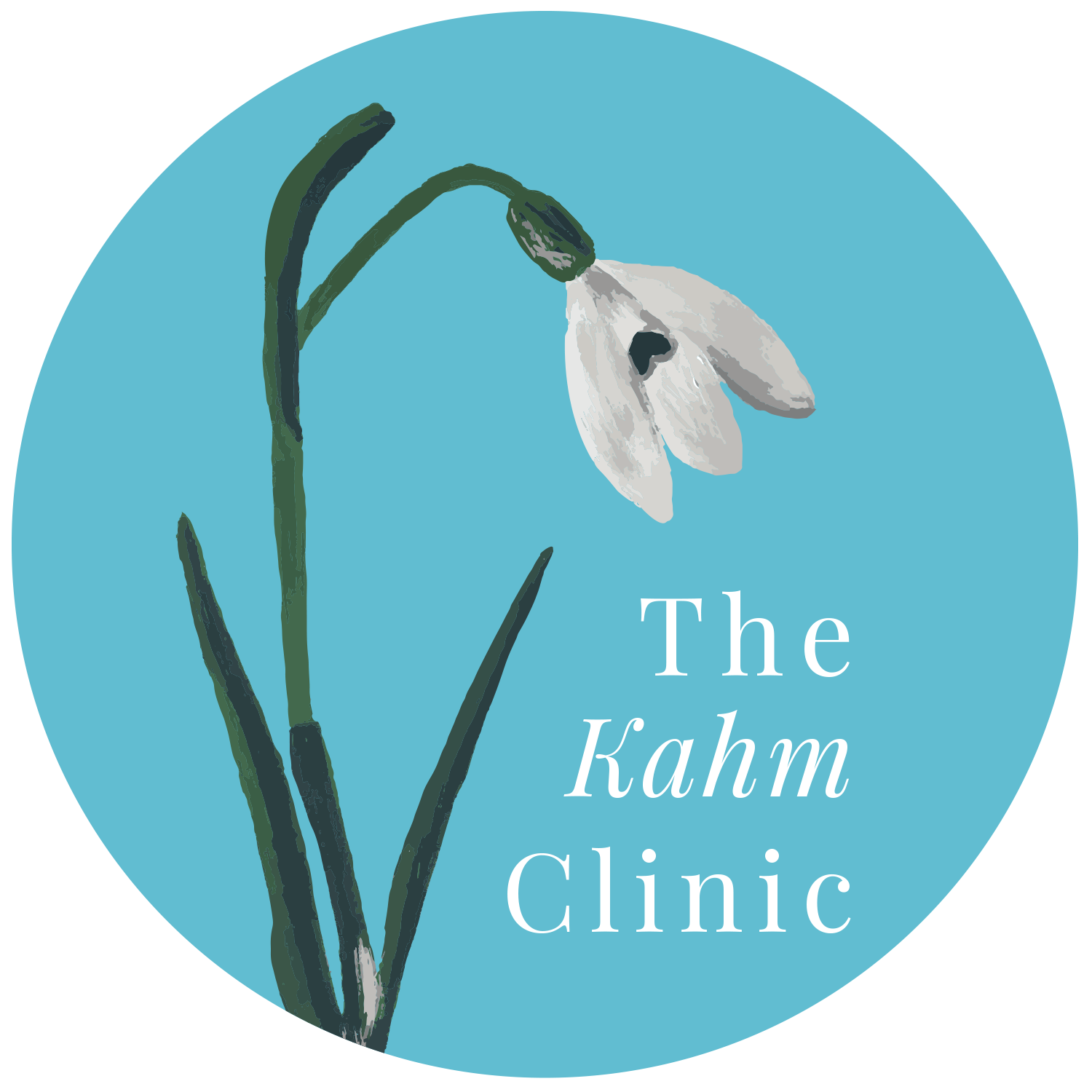Eating Disorders in the LGBTQ+ Community
While many patients with eating disorders feel misunderstood and under-acknowledged, that feeling is particularly true for members of the LGBTQ+ community. The shame surrounding the lack of acceptance of their sexual orientation and/or gender identity can manifest itself in an unhealthy attempt to control their world through food. Furthermore, eating disorders thrive in isolation — and for people in the LGBTQ+ community, isolation may be the only space where they truly feel like they can be themselves. They may step away from their family and friends to hide their sexual orientation and/or gender identity, and in doing so, they give their eating disorder a chance to take hold.
Research About Eating Disorders in the LGBTQ+ Community
Studies completed by the National Eating Disorders Association show that gay, lesbian, and bisexual teenagers are at higher risk for developing bulimia and binge-eating disorders. One study revealed that, among men with eating disorders, an astounding 42 percent identify as gay. Similarly, lesbian and bisexual women were found to be twice as likely to practice binge eating. Potential factors that may contribute to the higher risk of eating disorders in the LGBTQ+ community includes:
Fear or experience of rejection by family, friends, and colleagues
Internalized negative beliefs about self-worth due to sexual orientation and/or gender identity
Experiences of violence and post-traumatic stress disorder, which increases the chance of developing an eating disorder
Discrimination or bullying due to sexual orientation and/or gender identity
Unfortunately, the research on eating disorders in the LGBTQ+ community is too limited to be considered comprehensive. It is difficult to conduct, as it depends on self-reporting, which is often skewed by participants’ unwillingness to be honest about their eating habits, sexual orientation, and/or gender identity.
Seeking Help for Eating Disorders in the LGBTQ+ Community
If you’re concerned that you or a loved one has an eating disorder in the LGBTQ+ community, please know that you’re not alone. One of the first steps you can take is by seeking connection. Whether it’s reaching out to an understanding friend or family member in person or looking for an ally via social media, just knowing you have someone who supports your journey and recovery can shift your feelings from hopeless to hopeful.
At The Kahm Clinic, we treat our patients equally while remaining respectful of their personal experiences and differences. We provide support to people from all walks of life and encourage you to reach out to our team if you or a loved one needs help.
To talk to a professional about treatment for eating disorders in the LGBTQ+ community, please reach out to our staff or schedule an appointment at The Kahm Clinic.

